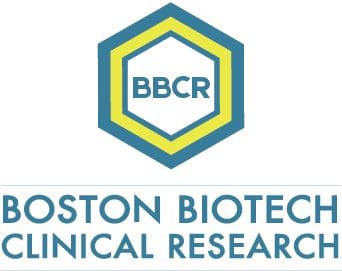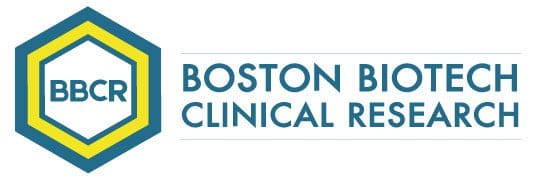Mitochondrial diseases are a genetically heterogeneous group of disorders caused by mutations or deletions in mitochondrial DNA (mtDNA) displaying a wide range of severity and phenotypes. These diseases may be inherited from the mother (mitochondrial inheritance) or non-inherited. The latter are ultra-rare pediatric diseases caused by a mutation or deletion of mtDNA, which develop into a systemic multi organ disease and eventually death.
An example of mitochondrial disease is Pearson syndrome which is a mitochondrial disease characterized by sideroblastic anemia and exocrine pancreas dysfunction. Other clinical features are failure to thrive, pancreatic fibrosis with insulin-dependent diabetes and exocrine pancreatic deficiency, muscle and neurologic impairment, and, frequently, early death. Pearson syndrome is classified as a mitochondrial disease because it consists of several overlapping syndromes that are caused by mutations of mitochondrial DNA. Specifically, Pearson syndrome is a combination of syndromes that involves the bone marrow and the exocrine pancreas.
A child with Pearson syndrome can have symptoms such as frequent diarrhea and stomach pain, and it may be difficult for them to gain weight. They may also have diabetes if the pancreas doesn’t produce enough insulin.
Pearson syndrome is caused by a change (mutation) in the mitochondrial DNA. These mutations can make it hard for the cells of the body to make energy. Most cases of Pearson syndrome happen for the first time in a family which means it is not passed down from either parent (de novo mutation).
Diagnosis of Pearson syndrome is possible through a bone marrow biopsy, a urine test, or a special stool test. Genetic testing can be completed to confirm the diagnosis. Unfortunately, there is no cure for Pearson syndrome, and the goal of treatment is to decrease the seriousness of symptoms so the child can live as healthy and as long of a life as possible. Treatment options include frequent blood transfusions, pancreatic enzyme replacement therapy, and treatment of infections. Sadly, many children with Pearson syndrome die during infancy. Some children may survive into later childhood, but may go on to develop Kearns-Sayre syndrome.
In summary mitochondrial diseases are:
- Caused by a molteplicity of mutations of mitochondrial DNA which may be grouped under a single diagnosis.
- Are due to a de novo mutation, no familiarity, and no diagnostic available other than genetic testing.
- Have a multiple organs clinical presentation that would be different by nature and severity from patient to patient.
- Very minimum disease awareness with severe fast progressive clinical manifestations which may lead to death in infancy.

Specializing in rare disease, Boston Biotech Clinical Research works with biotech, pharmaceutical, device companies and investors to streamline the clinical trial process. Our experienced team helps each client reach their specific goals by customizing a clinical and regulatory road map of simplified programs and streamlined protocols to meet our clients’ requirements.

